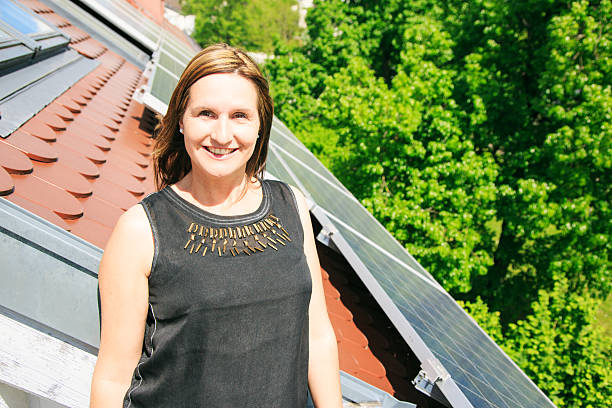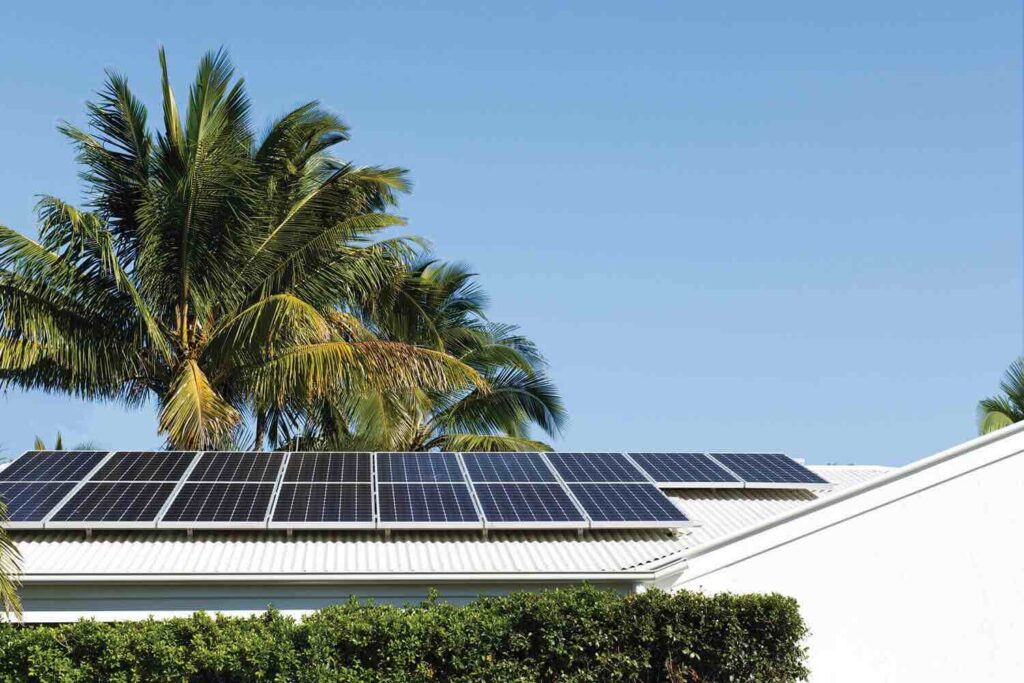Last update July 10th, 2024 at 05:43 pm
If you live in Toowoomba, Coolangatta, Cairns or other parts of Queensland (QLD), a solar panel system might be a great choice thanks to the sunny weather in this area. Solar power is known for its many benefits and is considered a great investment. Here we will take a closer look at the solar feed-in tariffs in QLD.
Not only will you get a chance to reduce your carbon footprint by producing renewable solar energy. You will also save money by reducing your need for traditional electricity transferred by the grid. Although, most solar panel systems will still be connected to the grid.
With grid-tied solar panel systems, residents of QLD might also enjoy another benefit: Solar feed-in tariffs. This is an incentive given to power your solar energy system feed to the electricity grid. In other words, you can sell your excess solar power and earn money from it.

Solar feed-in tariffs in South East QLD
In South East QLD, there is no specific minimum solar feed-in tariff set by the government. Instead, a scheme called the Voluntary Retailer Contributions is covering the solar feed-in tariffs.
The power providers in QLD are not obligated to pay the customers back for solar energy transferred to the grid, but usually, they will do it anyway for competitive reasons. Because of this, it is a good idea to shop around for beneficial plans.
Many energy providers have plans designed especially for their solar customers. These might give you a very good solar feed-in tariff.
But remember, in many cases, these solar plans will only be available for customers who fulfil certain requirements. For instance, some providers will require that the solar panels be purchased through them. But this is not always the case.
Which provider has the best solar feed-in tariffs in QLD?
In Queensland, you will find a great selection of power providers that will offer good solar feed-in tariffs for their customers. Many variables should be considered when evaluating which one is the best in your case.
Different energy providers and plans might be beneficial for different types of customers. The amount of electricity produced by your solar panels is one of the factors that should be accounted for.
If your system is less than 10 kW big, you might benefit from another plan than a household with a bigger system. Because of this, we recommend you evaluate offers from different energy firms before making a decision.
Here are some of the energy providers you should consider:
- Origin
- Energy Australia
- AGL
- 1st Energy
- GloBird Energy
- Amber Electric
- LPE
- Discover Energy
- Future X Power
- Kogan Energy
- Simply Energy

What feed-in tariffs in QLD should you expect?
Feed-in tariffs will usually be updated regularly by the different energy providers, and should not be considered constant values. Because of this, it might be a good idea to check out the feed-in tariffs in Queensland once a month or so.
The most generous energy providers might offer a solar feed-in tariff of around 20 cents / kWh. But a FIT rate between 10.2 and 12 cents / kWh will usually be considered as good. Most energy providers will offer a maximum feed-in tariff between 3 and 8 cents / kWh.
Remember, if you find an energy provider that pays a very high feed-in tariff – the offer might not be as appealing as you think. In most cases, you will only receive the big rate for the first 10 to 14 kWh you transfer per day. After that, the FIT rate is lower.
Anyhow, the plan might still be beneficial – as long as the FIT rate you will receive after the initial kWh of energy transferred is not too low.

What about the regional parts of Queensland?
Unlike the residents of South East QLD, regional Queenslanders who are connected to the Ergon Energy network will get a minimum feed-in tariff rate. This rate is 9.3 cents per kWh in 2022-2023 and is set by the QCA (Queensland Competition Authority).
The minimum rate is there to ensure residents in the regional parts of QLD have a solid feed-in tariff rate.
Older feed-in tariff schemes in QLD
Some residents in Queensland might still have old deals that will ensure them a great feed-in tariff for years. Both businesses and households that applied for a rooftop solar panel system back in July 2012 or earlier, were eligible for the Solar Bonus from the state.
The Solar Bonus gave a 44 cent per kWh feed-in tariff, and this will stay locked until 1 July 2028.
Compare different feed-in tariffs in QLD
To make sure you get a good FIT rate, you should consider many different power providers. In addition to the feed-in tariff in QLD, it is recommended to look at other factors as well – like the base costs.
Find the best feed-in tariffs in QLD for your household today, by comparing the offers provided by the different energy companies!